I swapped out liquid soap for bar soap about a year ago, with the aim of reducing plastic usage and being more eco-friendly in our household. Bar soap is generally cheaper than liquid soap so it was easier on the pocket too.
Why make homemade soap?
Basic soap is very cheap but very boring. Unless you buy unscented soap, you are stuck with a single fragrance. Plus, shop-bought soap can be harsh to use as it often contains SLS (Sodium Laureth Sulphate) which is known for drying out the skin and can cause irritation. I have been swapping out bar soap for aqueous cream recently which is less drying, but it still has SLS in it.
Heads up: I sometimes use affiliate links. When you click these links and make a purchase, I may get a small commission. It won’t cost you anything but it helps me to run this site.
Recently I got the idea to take this a step further and make my own eco-friendly soap from scratch. I got very excited about all the gorgeous ingredients I could add, and how natural it would be. I had thoughts of making soap with lavender oil (my favorite smell), and something moisturizing, because my hands get so very dry.
However, it wasn’t long before I realized that traditional soap making involves the use of a very toxic ingredient called lye, also known as caustic soda.
Lye is very corrosive. It will burn off your skin on contact. The fumes, when added to water, absolutely must not be inhaled. Of the many articles I came across on the subject, several made very clear the importance of a ventilated room and protective clothing when using it.
I quickly realized there was no way I wanted to have lye anywhere near me or my family. So, I put the soap-making idea to bed until I came across another, much safer option, which is the one I want to share with you today.
This method is much safer and more fun too. You could even get your kids to help, as long as they are constantly supervised of course (hot soap will be involved).
This option involves melting a soap base and then adding ingredients of your choosing to the melted soap. Such as essential oils. Of course, the soap base would have been made the traditional way (with lye as all soap is). But, the key thing is the lye is inactive by this stage and completely safe because it has gone through a reaction during the saponification process. There is no need to wear protective clothing when you melt the soap base down, and you can use ordinary kitchen equipment.
What you need to make natural hand soap
- ‘Melt and pour’ soap base
- Additives such as essential oils and coloring (both optional)
- Microwave-safe mixing bowl
You can buy melt and pour soap bases on eBay and Amazon. Here is my favorite SLS-free variety made with shea butter.

It’s not essential to add the essential oils or coloring. You can use the base soap to make smaller bars as is. Depending on which soap base you go for you will find it creamier and more moisturizing than ordinary soaps.
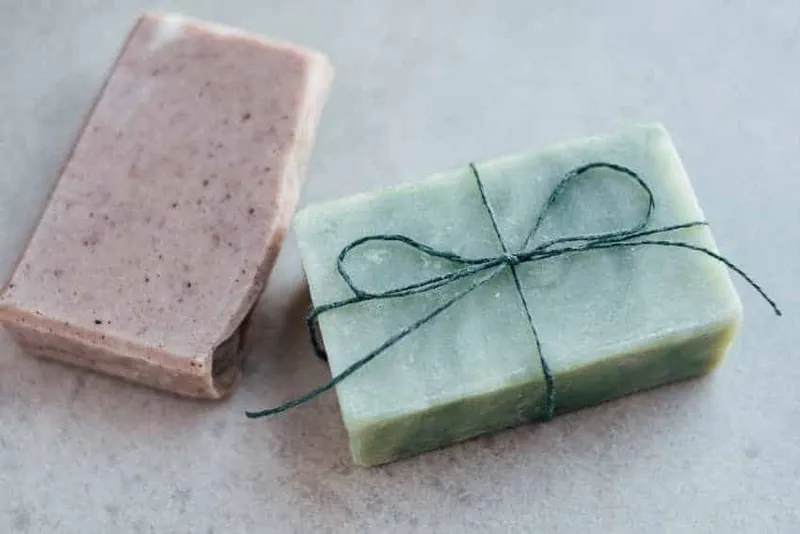
How to make natural soap without lye
Step 1
Weigh out 1 pound of soap base and cut into small chunks.
Step 2
Put the soap chunks into a microwavable bowl and heat in the microwave until melted. If you don’t have a microwave, heat it in a double boiler instead.
Step 3 (optional)
Stir in essential oils and coloring of your choice.
(My favorite additives are lavender and geranium essential oils and I also love neroli too).
Step 4
Pour the mix into molds. Silicon cookie molds in fun shapes work well. If you don’t have those, you could use a loaf tin and cut the soap into blocks when cool.
Step 5
Let the soap cool for several hours before removing it from the mold.
Your soap is now ready to use!
Frequently asked questions
How to make homemade soap with shea butter?
Shea butter is incredibly moisturizing. For a shea butter soap, I recommend you use a shea butter soap base.

How to make homemade organic soap?
To make your homemade soap organic, start with an organic soap base, then make sure all the additives such as the essential oils are also organic.
How to make the homemade soap lather better?
It’s the SLS (Sodium Laureth Sulphate) in soap that makes it lather. If you want more bubbles make sure the soap base you buy has SLS in it.
How to make homemade soap smell good?
You can use any essential oils you want to your soap base to make it smell gorgeous. I recommend you try some out first so you know you are going to be making soap with a smell you love. You can also combine essential oils too.
What is the difference between melt and pour and cold process soap?
‘Melt and pour’ is the method of soap making that starts with a soap base which you melt, add your desired fragrances such as essential oils and then pour into a mold.
Cold process soap method is used to make the soap from scratch, i.e combining the oils or fats with caustic soda (lye).

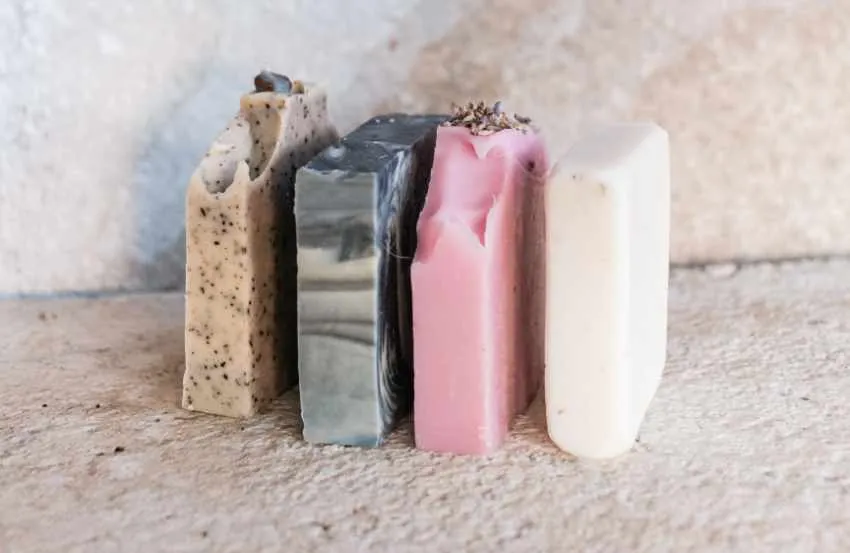

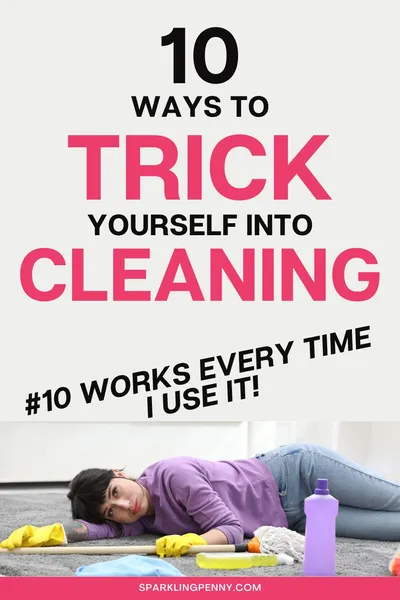
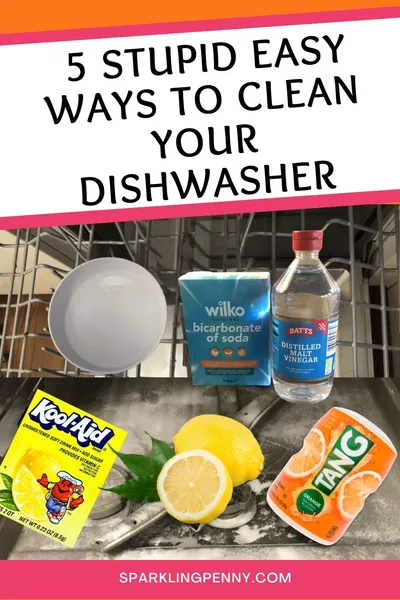
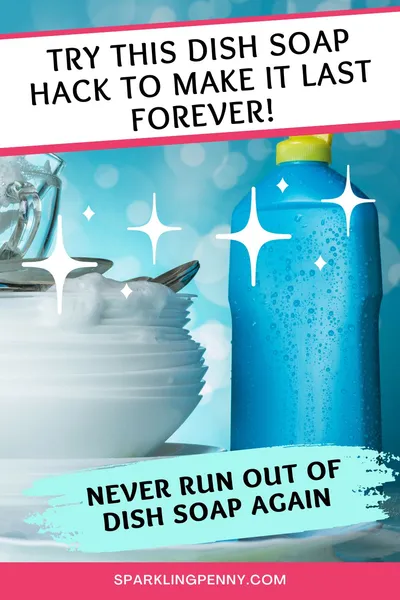
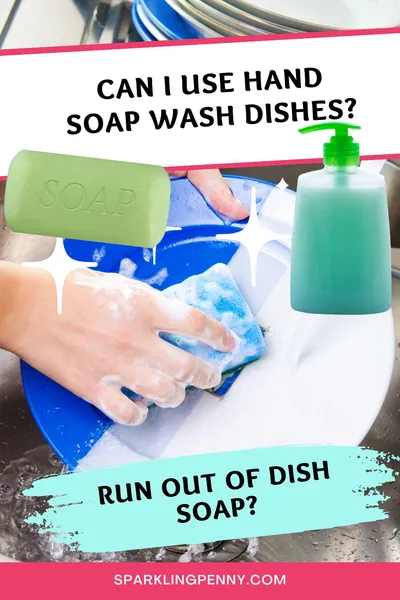
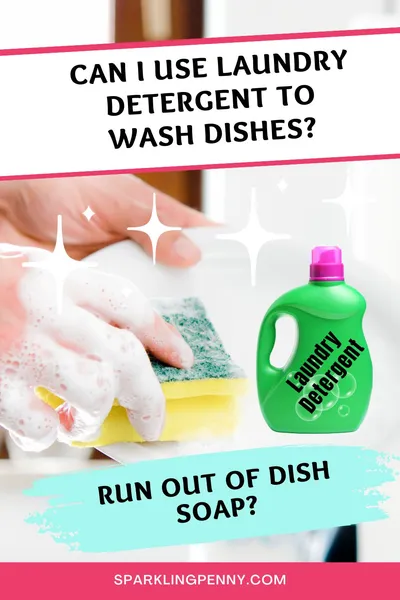
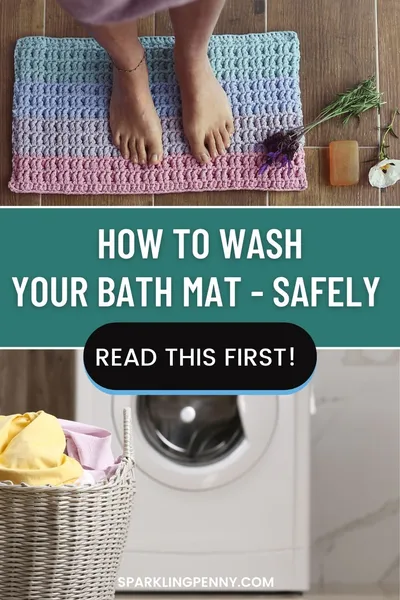

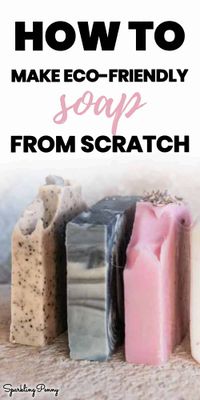
Share your thoughts
If you are using a soap base, then you are not making the soap "From scratch". The person who made the soap base (with lye) did that! Lye is not a problem if you take sensible precautions.
Hi Jacqueline, yes you are right it isn't technically soap-making from scratch! But I hope I'm helping the people out like me, who don't want to use lye but still want to be creative.
Your email address will not be published. Required fields are marked *